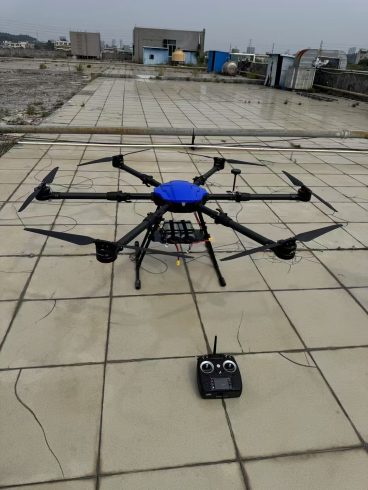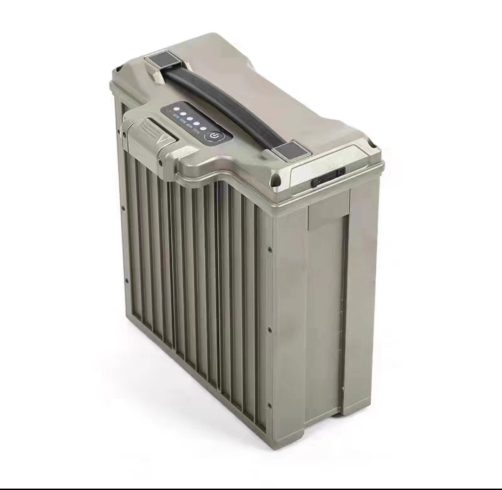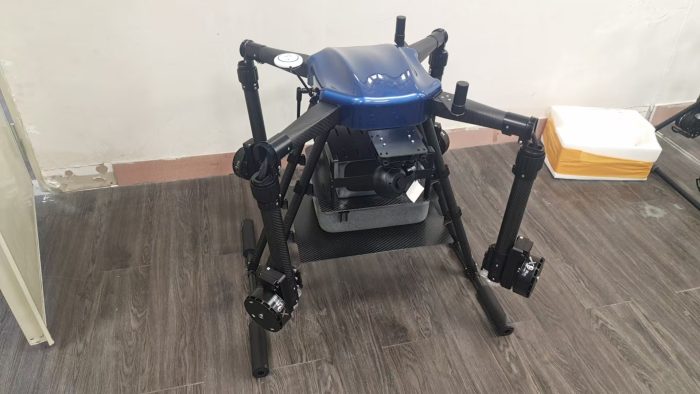![图片[1]-Battery Management for Spray Drones: Maximizing Efficiency and Lifespan-msoen](https://www.msoen.com/wp-content/uploads/2025/04/896e8814b4203826-1024x1000.jpg)
Spray drones are revolutionizing agriculture by delivering precise chemical applications, but their performance hinges on effective battery management. Poorly maintained batteries lead to reduced flight times, operational delays, and costly replacements. This article explores best practices for optimizing spray drone battery performance, extending lifespan, and ensuring seamless field operations.
Why Battery Management is Critical for Spray Drones
Spray drones rely on lithium-polymer (LiPo) or lithium-ion (Li-ion) batteries, which are sensitive to temperature, charging habits, and discharge cycles. Key challenges include:
- Limited Flight Time: Most spray drones operate for 15–30 minutes per charge, requiring frequent swaps.
- Chemical Exposure: Pesticides and fertilizers can corrode battery contacts if not properly sealed.
- Weather Risks: Extreme heat or cold degrades battery capacity and stability.
Effective management ensures:
- Longer battery lifespan (up to 300–500 cycles).
- Consistent power output for stable spraying.
- Reduced downtime and operational costs.
Core Strategies for Optimal Battery Performance
- Temperature Control
- Avoid Extreme Temperatures:
- High temperatures (>35°C/95°F) accelerate degradation.
- Cold temperatures (<5°C/41°F) reduce discharge capacity by 20–40%.
- Pre-Flight Warm-Up: Let batteries reach 15–25°C (59–77°F) before use in cold climates.
- Post-Flight Cooling: Allow batteries to cool for 10–15 minutes before recharging.
- Charge Cycle Management
- Partial Charging: Keep batteries between 20–80% charge for daily use to minimize stress.
- Full Cycles Sparingly: Perform full discharges (0–100%) once every 10 cycles to recalibrate battery meters.
- Use Smart Chargers: Opt for chargers with balance charging to prevent cell voltage imbalances.
- Storage Guidelines
- Long-Term Storage:
- Store at 30–50% charge to prevent swelling.
- Keep in a fireproof container at 10–25°C (50–77°F).
- Monthly Checkups: Recharge stored batteries to 50% every 3–4 weeks to avoid deep discharge.
- Discharge Depth (DoD) Optimization
- Limit discharge depth to 80% (e.g., stop using at 20% remaining) to triple battery lifespan compared to 100% DoD.
- Tip: Program drone software to auto-land when batteries hit 20%.
Practical Maintenance Tips for Spray Drone Batteries
- Clean Contacts: Wipe battery terminals with isopropyl alcohol to prevent corrosion from chemical residues.
- Label Batteries: Track usage cycles and purchase dates to retire aging packs promptly.
- Avoid Physical Damage: Inspect for dents, punctures, or swelling before each flight.
- Waterproofing: Use silicone seals on connectors if spraying near water or in humid environments.
Troubleshooting Common Battery Issues
Problem Cause Solution
Shortened flight time Cell aging or imbalance Replace battery; recalibrate charger.
Swollen battery Overcharging or heat exposure Dispose safely; never use swollen packs.
Sudden power loss Corroded terminals Clean contacts; replace damaged connectors.
Inconsistent voltage Poor storage practices Recharge to 50% and store properly.
Future Innovations in Spray Drone Batteries
- Solid-State Batteries: Higher energy density and faster charging (expected by 2025).
- Solar-Assisted Drones: Hybrid systems using solar panels to extend flight time.
- AI-Powered Health Monitoring: Predictive analytics to warn of battery failures.
- Swappable Modular Packs: Hot-swap batteries mid-operation for continuous spraying.
Case Study: Optimizing Battery Use in Vineyards
A vineyard in California reduced battery replacement costs by 40% by:
- Storing batteries at 50% charge in climate-controlled trailers.
- Using partial charging (30–80%) during peak seasons.
- Retiring batteries after 400 cycles (vs. industry average of 300).
Conclusion
Effective battery management is non-negotiable for spray drone operators aiming to balance productivity, safety, and sustainability. By adopting smart charging habits, prioritizing temperature control, and staying ahead of emerging technologies, farmers can maximize ROI and minimize environmental impact. As battery tech evolves, integrating innovations like solid-state systems will further transform agricultural drone operations.
Keywords: battery management for spray drones, spray drone battery lifespan, LiPo battery care, agricultural drone charging tips, extending drone battery life












暂无评论内容